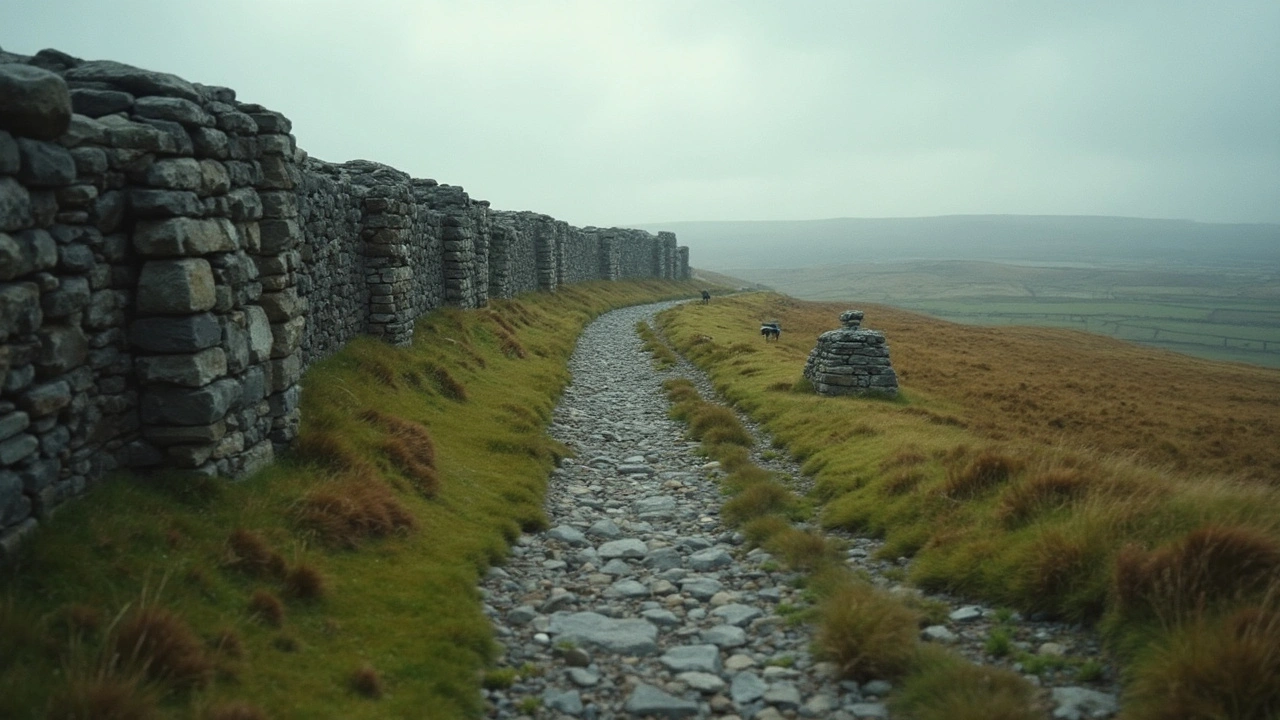Roman Influence: How Ancient Design Shapes Modern Architecture
If you walk into a city square and see a grand arch or a domed roof, chances are you’re looking at a Roman echo. The ancient builders nailed a formula—strong arches, huge vaults, and clever use of concrete—that still powers our skylines. Knowing the basics helps you read any building like a story.
Start with the arch. Romans turned a simple curve into a load‑bearing hero. Look for rounded openings in old churches, train stations, or even modern malls. If the top of the opening is a smooth half‑circle, you’re probably seeing a Roman arch at work. The same goes for the vault—those long, tunnel‑like ceilings in basements or underground parking lots often copy Roman engineering.
Spotting Roman Details in Everyday Buildings
First, hunt for the signature Roman column orders—Doric, Ionic, and Corinthian. Even if the building is a sleek office block, a few column‑inspired pilasters can be a nod to Rome. Next, check the façade for symmetry. Romans loved balanced layouts, so a building with evenly spaced windows and a centered entrance likely borrows from that playbook.
Another giveaway is the use of concrete or its look‑alikes. Modern poured‑in concrete walls that mimic the texture of ancient Roman concrete are often a deliberate homage. If you see a massive, unbroken wall with subtle bands or rust‑colored streaks, think Roman.
Even the layout of streets can show Roman influence. Grid patterns, central forums, or wide boulevards echo the ancient city plan of Rome. Many newer suburbs unintentionally follow that template because it just works.
Why Roman Design Still Matters
Roman ideas survive because they’re practical. The arch lets huge spaces stay open without many supports, saving material and time. Domes create airy interiors perfect for gathering places—from museums to stadiums. And the emphasis on proportion keeps buildings looking harmonious, no matter the era.
Designers keep returning to these tricks. Look at the recent push for “neo‑classical” projects; they borrow Roman arches for a modern twist. Even graphic designers use Roman column silhouettes in logos when they want to signal stability.
Want to use Roman influence in your own home? Try a simple rounded arch for a doorway or a small vaulted ceiling in a pantry. Add a set of pilasters around a fireplace to give a subtle classical vibe. Pair these with clean, modern finishes and you get a fresh look that still feels timeless.
In short, Roman architecture isn’t just a museum piece. Its arches, columns, and planning tricks pop up in everything from a city hall to a coffee shop’s interior. Spotting those details lets you appreciate the hidden history around you and maybe even borrow a few ideas for your next project.

Ancient Roman Architecture: Power, Prestige, and Engineering That Built an Empire
How Rome used architecture to project power and solve real problems. Learn the tech, the symbols, and how to read Roman buildings in minutes.
Read more